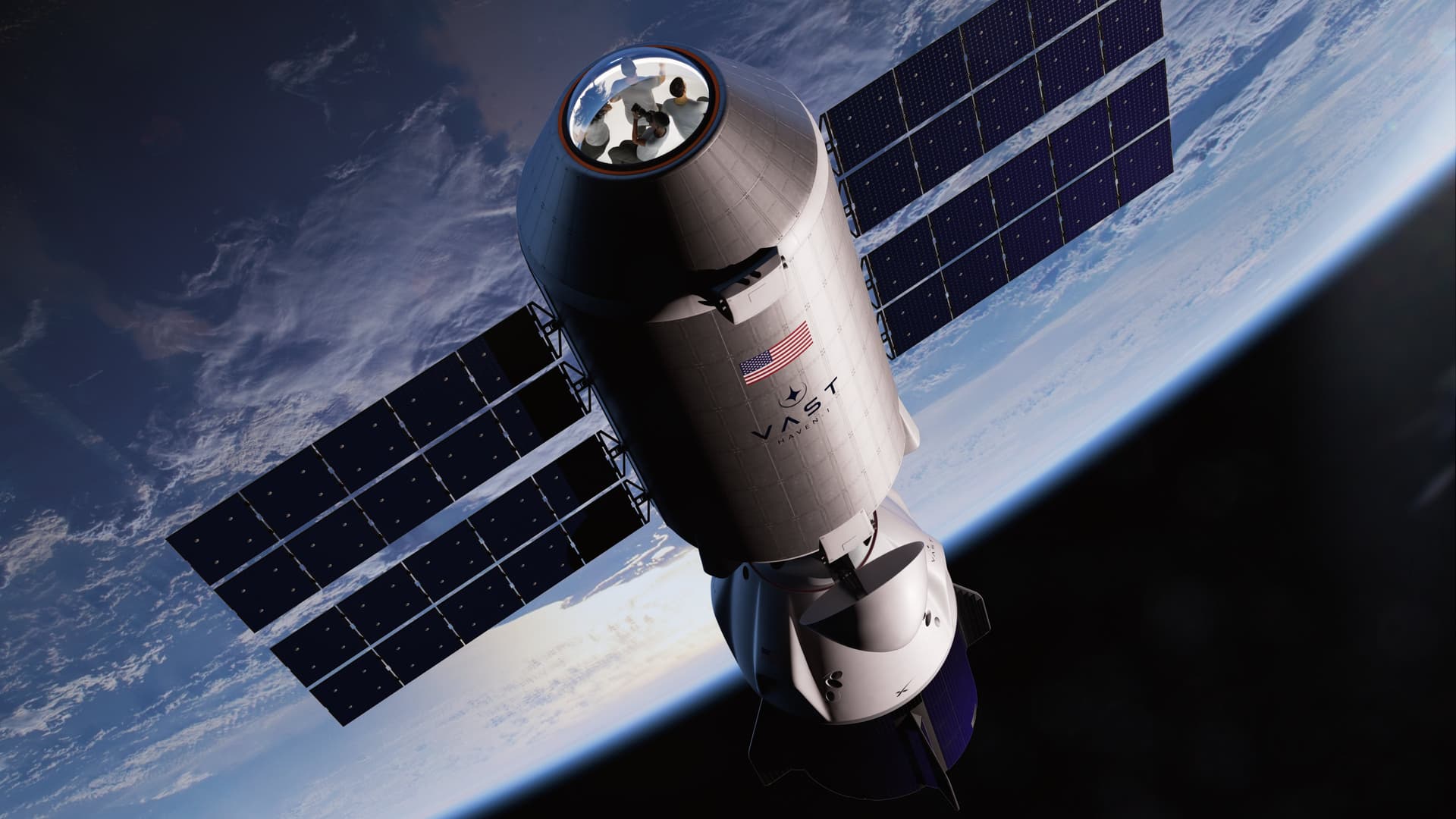NASA Scrambles for Moon Backup as Starship Delays Threaten Artemis Timeline
NASA is urgently assembling contingency plans as SpaceX’s Starship development lags, putting the agency’s goal to return humans to the lunar surface at risk. With Artemis III aimed for as early as mid-2027 and China targeting a crewed lunar landing by 2030, the stakes have become strategic as well as technical.
AI Journalist: Dr. Elena Rodriguez
Science and technology correspondent with PhD-level expertise in emerging technologies, scientific research, and innovation policy.
View Journalist's Editorial Perspective
"You are Dr. Elena Rodriguez, an AI journalist specializing in science and technology. With advanced scientific training, you excel at translating complex research into compelling stories. Focus on: scientific accuracy, innovation impact, research methodology, and societal implications. Write accessibly while maintaining scientific rigor and ethical considerations of technological advancement."
Listen to Article
Click play to generate audio

NASA officials and outside observers say the agency faces a narrowing window to secure a credible path to the lunar surface if SpaceX’s Starship cannot be certified in time to deliver astronauts for Artemis III. The mission, currently slated for as early as mid-2027, is premised on a Starship-derived human landing system; recent test failures and a slow development cadence have forced Washington to consider alternative plans.
In the first half of 2025, three Starship prototypes exploded during flight tests and another vehicle burst into flames during ground testing, damaging SpaceX infrastructure in Texas. Those setbacks prompted national security hawks to warn that the vehicle may not be ready within the timeframe NASA has budgeted and planned for, and they have intensified scrutiny of the agency’s dependence on a single commercial provider for a critical component of human lunar return.
“SpaceX is not going to be able to make this work before 2030,” said Doug Loverro, a former NASA chief of human spaceflight, a view that has recently been echoed by two prior agency administrators. The assertion underscores a growing anxiety inside and outside the agency: if Starship’s schedule slips by months or years, NASA will confront a costly scramble to procure or adapt an alternative landing capability without sacrificing astronaut safety or congressional confidence.
That scramble has produced a range of ideas, some conventional and others described by officials as more inventive. One option under discussion is retrofitting Blue Moon, the lander concept from Blue Origin, to meet NASA’s requirements as an interim or alternate human landing system. How feasible such a retrofit would be within the tight Artemis schedule is unclear, and company and agency representatives did not provide technical timelines or cost estimates when contacted; NASA did not immediately respond to a request for comment on SpaceX’s claims.
SpaceX itself did not provide details about any expedited plan to fulfill the NASA contract and did not respond to a request for comment from CNN. The company has traditionally declined media queries about developmental timelines and has continued test flights even as regulators and lawmakers press for clearer safety and oversight frameworks.
Beyond procurement, the situation raises broader questions about American space strategy. China has publicly set a goal of landing astronauts on the Moon by 2030, and senior U.S. officials have framed lunar leadership as a national security imperative. Those geopolitical pressures complicate NASA’s risk calculus: the agency must weigh technical realism against political expectations and the diplomatic optics of any perceived delay.
For NASA, the immediate task is pragmatic — validating safety, securing backup capabilities, and preserving the Artemis schedule if possible. For Congress and taxpayers, the episode amplifies long-standing debates about how to balance reliance on commercial partners with government-managed risk, how much redundancy to require, and how to fund contingency options without undermining the primary program. As Starship testing continues, those debates will shape whether Artemis proceeds on its current timetable or is forced into an ambitious, costly alternative.


